I'm going to share a story about a band I encountered at my alma mater's school festival during my college years.
For students, the school festival serves as a showcase for their own bands, but the large outdoor stage set up on campus also features many professional or near-professional musicians. Witnessing these pros firsthand made the festival a valuable opportunity to assess both the shortcomings and strengths of our own bands.
The music club I belonged to took over the student cafeteria at the heart of the faculty, organizing a program where various bands performed live. But deep down, I always dreamed of one day playing on that grand outdoor stage.
During my first year of college, I was completely captivated by a jazz fusion band that was then referred to as "crossover."
A super high-technique band called Space Circus.
I first saw the band perform at the courtyard stage during the 1978 school festival. The stage was adorned with a massive graphic by Peter Max, a leading figure in pop art, setting the scene for Space Circus's arrival.
The moment they started playing, I was utterly stunned. What stood out the most was the bass—it was simply incredible. It became immediately clear that the bassist’s slap technique was the backbone of Space Circus’s sound.
At the time, we referred to slap bass as "Pachibe." The name likely came from the sharp, popping sound produced when striking or plucking the bass strings with the thumb. I had never even heard the term "chopper" back then, and "slap" as a description for the technique only emerged much later.
Slap bass was far from widespread, and most of us had never actually heard it performed live. The only player we were aware of using this technique was Stanley Clarke from Chick Corea’s band, Return to Forever. Some people around me attempted to imitate it by ear, but without any visual reference, it was like groping in the dark. In my music club, there was only one senior who had seriously tried playing "Pachibe."
Space Circus's bassist, Hajime Okano, reportedly learned his slap technique by transcribing Larry Graham’s playing from Graham Central Station—entirely by ear. This was a time long before the internet.
Hearing Okano’s incredibly powerful slap bass live left me absolutely stunned. I couldn't even process what was happening in front of me. Given the band's name, Space Circus, the performance felt like watching acrobatics or a high-flying stunt show—it was that astonishing.
Space Circus was a jazz fusion band built around Hajime Okano’s slap bass—though at the time, the term fusion hadn’t even become widely used. Their music was packed with intricate breaks, tight unison sections, and complex arrangements, all backed by exceptional technical skill. At that time, there were virtually no other bands that fully showcased slap bass as a central musical element. Space Circus was truly ahead of its time.
A side story from the live music venue Yaneura in Shibuya.
At the time, Shibuya and Shimokitazawa were thriving music hubs, home to many live venues such as Head Power and Yaneura in Shibuya, and Loft and Lady Jane in Shimokitazawa.
I became a devoted fan of Space Circus and frequently went with friends to see them perform at Yaneura in Shibuya. Located on the second floor of a cabaret, Yaneura was a small, packed venue brimming with energy.
Compared to larger stages, live houses offered a much closer view of the musicians—not just their performances but even how they tuned their amps. For passionate amateur musicians, observing how the pros set up their sound was just as fascinating as the music itself.
By the way, I noticed that guitarist Yukinao Sano was using the same BOSS analog delay pedal as I was. I carefully memorized his settings and took them home with me.
Back then, effect units were more than twice the size of today's pedals. But I clearly remember how invaluable that particular tuning was.
Here's a funny story.
When I went to Yaneura to see a P-MODEL live show, the keyboardist was playing a Korg 800DV synthesizer, producing a quirky, plasticky sound—what we'd now call a digital-like tone.
Curious about the settings, I tried to take a peek at the tuning, only to find that the entire control panel was covered with black paper! The only visible part was a tiny 2cm-square hole, precisely over one switch (Laughs). Back then, if you could memorize the panel settings, you could "steal" the sound!
That said, I didn’t fully understand at the time that simply copying a professional’s settings wouldn’t make me sound like them.
A musician’s sound isn’t just about the gear—it’s deeply tied to their technique and experience. No matter how much I tried to imitate the pros, it didn’t mean much without mastering the countless other elements that made them true professionals.
The following year at our school festival, we invited Busy Four to perform.
A guitarist friend of mine, who was on the festival committee, tried to sneak a look at Moto Fuyuki’s effect pedal settings from backstage during the live performance. However, Moto Fuyuki noticed what was happening and, despite being in the middle of playing, deliberately moved his foot to slide the pedal out of sight.
My friend was disappointed, but looking back, it just shows how much musicians valued and protected their unique sound.
■ Recommended Album: Space Circus – Funky Caravan (1978)
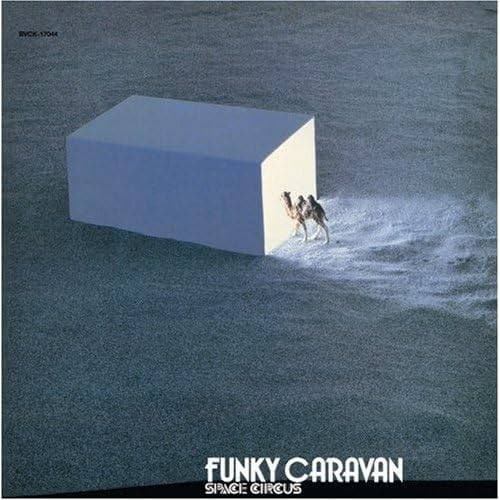
Space Circus's stunning debut album. A Japanese crossover band that gained popularity in the late 1970s, their technical and funky, forward-thinking sound was unlike anything heard from domestic bands before.
Centered around Hajime Okano’s high-level slap bass, the band's exceptional musicianship was a defining feature. Their songwriting ability was also remarkable, making the album a compelling listen from start to finish.
According to Okano’s interviews, most of the tracks were recorded in just one or two takes. The fact that these musicians, barely in their twenties, possessed such phenomenal skill is nothing short of astonishing.
Recommended Track: Alibaba
Alibaba is one of Space Circus’s signature tracks, driven by Hajime Okano’s wildly grooving slap bass. The tight ensemble work between bass, guitar, drums, and keyboards is outstanding, with each player having standout moments throughout the song. The acoustic piano solo in the latter half is particularly beautiful.
During their live performances at Yaneura, keyboardist Kizuku Yamagiwa played a Korg Minikorg 700S stacked on top of a Fender Rhodes Stage Piano, delivering a technically brilliant performance.
Featured Musicians, Album, and Recommended Track
- Artists: Hajime Okano, Yukinao Sano, Kizuku Yamagiwa.
- Album: Funky Caravan
- Track: Alibaba
The “sound & person” column is made up of contributions from you.
For details about contributing, click here.











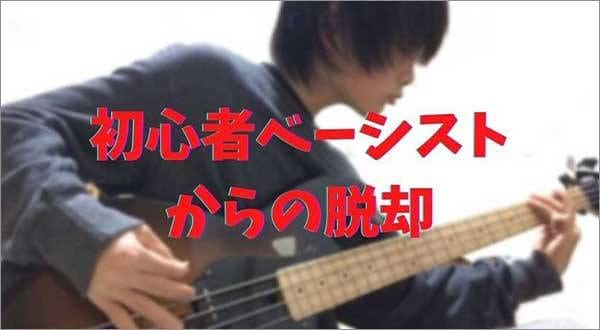
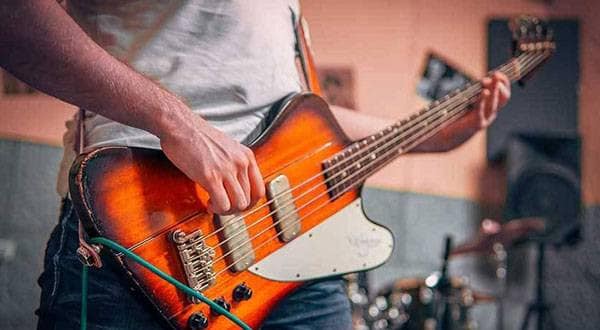
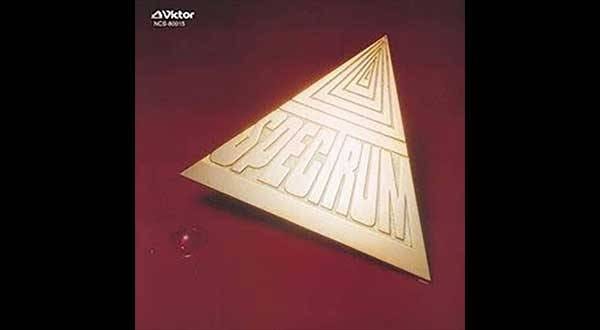
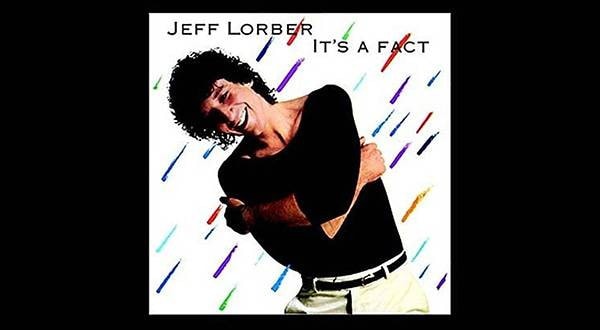
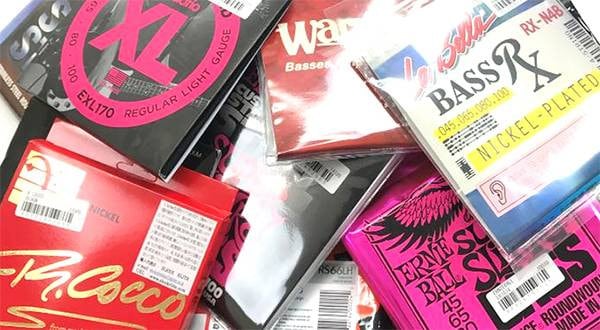
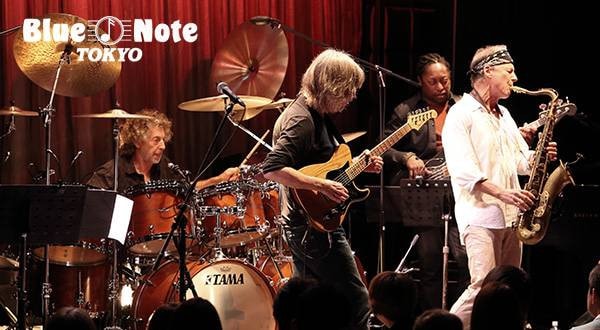
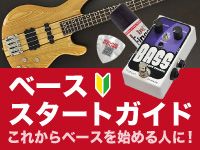 ベーススタートガイド
ベーススタートガイド
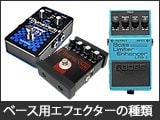 ベース用エフェクターの種類
ベース用エフェクターの種類
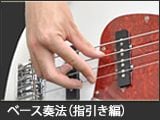 ベース奏法(指弾き編)
ベース奏法(指弾き編)
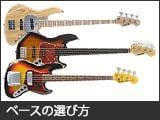 ベースの選び方
ベースの選び方
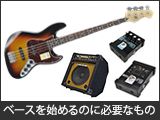 ベースを始めるのに必要なものは?
ベースを始めるのに必要なものは?
 ベース初心者講座
ベース初心者講座















